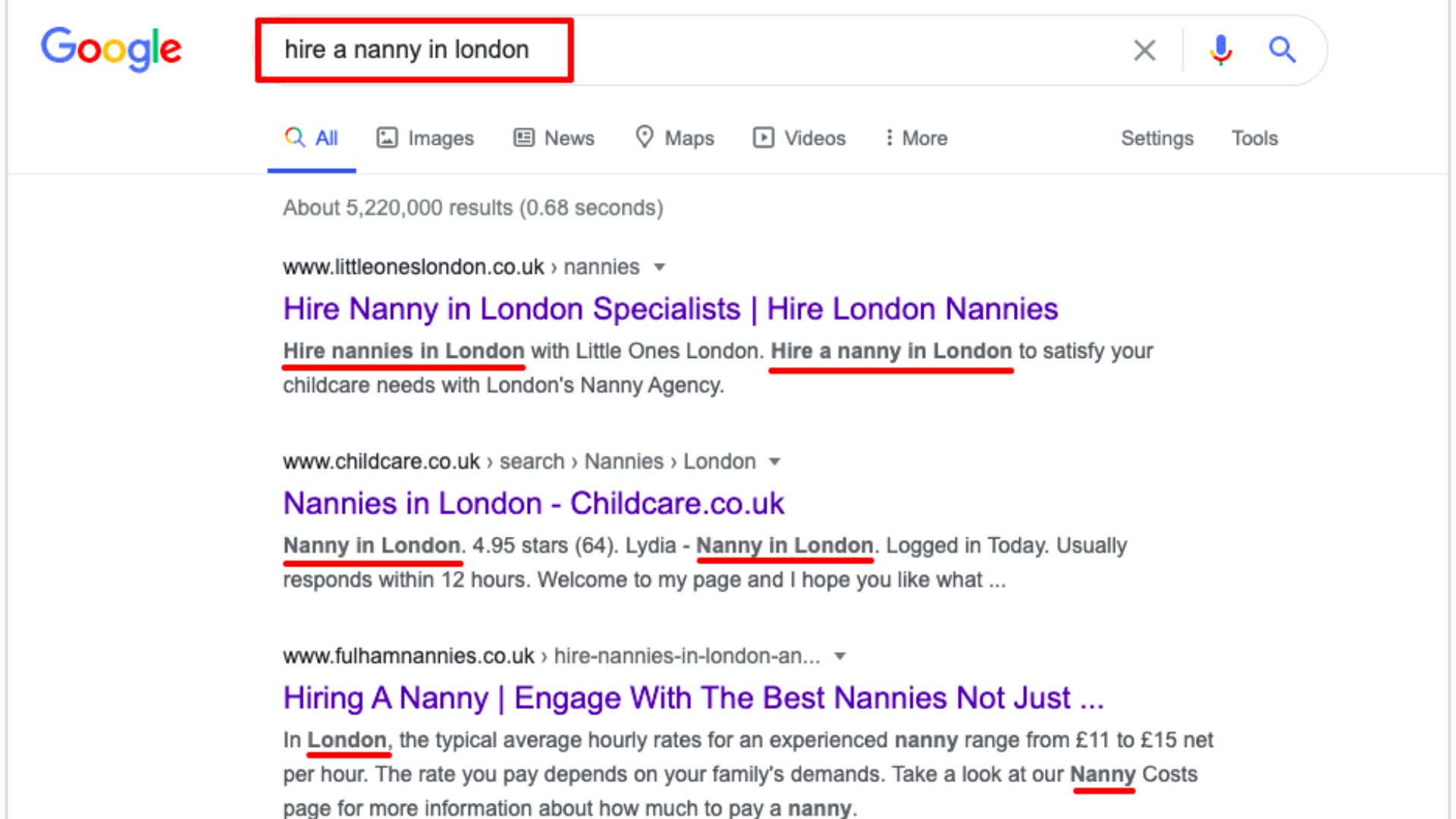Minimalism plays a significant role in web design by creating simplified and streamlined user experiences. Here are some key aspects of minimalism and its impact on web design:
- Clean and Uncluttered Design: Minimalism focuses on simplicity, using clean lines, ample white space, and limited visual elements to create an uncluttered design. This approach allows users to focus on the essential elements of the website, reducing distractions and improving their ability to navigate and consume content.
- Enhanced Usability and Readability: By removing unnecessary design elements and keeping the interface clean, minimalism improves usability and readability. Clear typography, spacious layouts, and simple navigation enhance the overall user experience, making it easier for users to find information and interact with the website.
- Faster Loading Times: Minimalist design often involves using fewer design assets and optimizing for performance. By reducing the number of elements, such as images or scripts, minimalistic websites tend to load faster, enhancing the user experience and decreasing bounce rates.
- Mobile-Friendly Design: Minimalism aligns well with responsive and mobile-friendly design principles. The simplicity of a minimalist design adapts smoothly to different screen sizes and devices. This ensures that the user experience remains consistent and accessible, regardless of the device being used.
- Increased Focus on Key Messages: With fewer distractions, minimalism allows businesses to highlight their key messages and call-to-action effectively. By guiding users’ attention to specific elements or content, minimalistic design aids in communicating a brand’s value proposition and improving conversions.
- Timelessness and Versatility: Minimalist design tends to have a timeless quality, as it avoids trendy or overly decorative elements that might quickly become dated. It offers versatility, allowing websites to cater to various industries, purposes, and target audiences while still maintaining a modern and professional aesthetic.
- Branding and Brand Perception: Minimalism can be a powerful tool for establishing a strong brand image. By using minimal design elements consistently across platforms, businesses can create a cohesive and memorable visual identity, reinforcing their brand perception as modern, sophisticated, or user-centric.
- Faster Cognitive Processing: Minimalist design enables users to process information quickly and effortlessly. By reducing cognitive load, users can better understand and navigate through the website, leading to a positive user experience.
It is important to note that minimalism should not compromise the accessibility or functionality of the website. Striking a balance between simplicity and providing necessary information and functionality is crucial for creating a successful minimalist design.
In conclusion, minimalism in web design simplifies user experiences, enhances usability, and improves overall website performance. By focusing on essential elements, embracing clean design principles, and prioritizing usability, minimalism contributes to effective user interactions and creates a visually appealing and engaging digital space.










